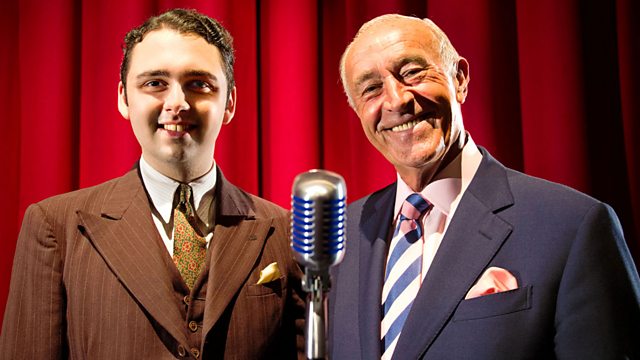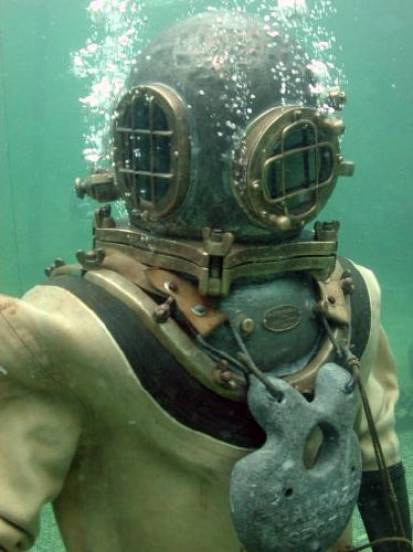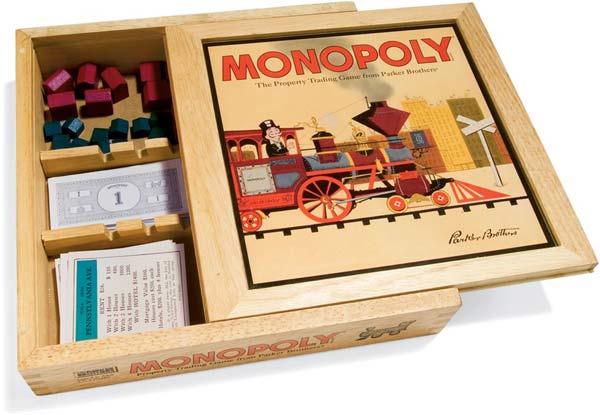Rare footage of 1901 tram ride down Belfast's Royal Avenue recovered
It's always a source of amazement and delight to me that it is still possible for cine-footage from over a century ago to be rediscovered in viewable condition after lying dormant for so many years, but that is just what has happened recently in Belfast, Northern Ireland, as this article explains.
Who knows how much longer this fascinating footage would have lain undiscovered had it not been for one person browsing through the archives? As it is a remarkable period in Belfast's history is now able to be viewed by a whole new generation, 113 years after it was filmed.
Belfast tram trip back in time: Recovered footage from early 1900s depicts city streets bustling
What absolutely captivating scenes they are too! Part of the Mitchell & Kenyon Collection, which many of you may remember from the B.B.C. series of a few years ago and which is now safely in the hands of the British Film Institute, the footage was originally part of the film company's advertising stock. I wonder if they could ever have imagined it surviving for so long, to become a source of great interest for historians and enthusiasts such as ourselves? What were the people shown therein thinking and what were they doing that day, one wonders?
It's simply marvellous to see a busy Belfast town centre in May of 1901. The horse-drawn trams, the ladies in their full-length skirts and boaters, the men hurrying to and fro and the shop fronts filled with people. Yet in many ways little has changed - drive down any high street on a Saturday and you will still see the shops, the throngs and the traffic, with just a difference in technology and the overall appearance of the people. No doubt our own records of life in 2014 will be of equal interest to historians one hundred years hence. This then is the joy and wonder of social history, and I'm off now to immerse myself in this engrossing footage all over again.
It's always a source of amazement and delight to me that it is still possible for cine-footage from over a century ago to be rediscovered in viewable condition after lying dormant for so many years, but that is just what has happened recently in Belfast, Northern Ireland, as this article explains.
Who knows how much longer this fascinating footage would have lain undiscovered had it not been for one person browsing through the archives? As it is a remarkable period in Belfast's history is now able to be viewed by a whole new generation, 113 years after it was filmed.
Belfast tram trip back in time: Recovered footage from early 1900s depicts city streets bustling
What absolutely captivating scenes they are too! Part of the Mitchell & Kenyon Collection, which many of you may remember from the B.B.C. series of a few years ago and which is now safely in the hands of the British Film Institute, the footage was originally part of the film company's advertising stock. I wonder if they could ever have imagined it surviving for so long, to become a source of great interest for historians and enthusiasts such as ourselves? What were the people shown therein thinking and what were they doing that day, one wonders?
| source |





















